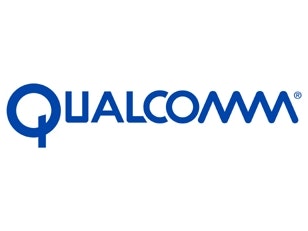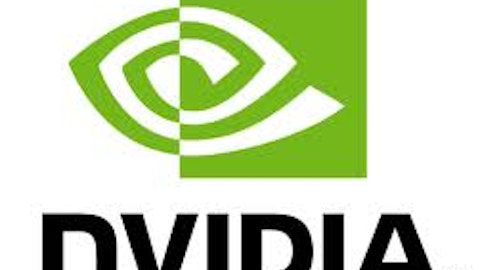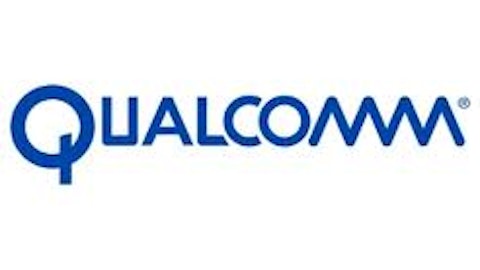The smartphone industry has seen tremendous growth in the last few years. This growth spree was kick-started by the launch of Apple Inc. (NASDAQ:AAPL)’s iPhone. The product has totally revolutionized the technology sector and changed consumer perception about computing. It might be the most brilliant and innovative consumer device conceived in the last couple of decades. Together the iPad and the iPhone have turned the entire computer industry into a dinosaur and ruined valuations of companies associated with the PC industry. A significant hit has been taken by computer semiconductor companies such as Intel Corporation (NASDAQ:INTC) and Advanced Micro Devices, Inc. (NYSE:AMD). The stock price of both giants has plummeted and their businesses have suffered due to falling PC sales. The worst hit industry, however, has been the PC OEM (Original Equipment Manufacturer) industry. Hewlett-Packard Company (NYSE:HPQ) is literally on the verge and Dell Inc. (NASDAQ:DELL) is going private.

Qualcomm has become the largest provider for the smartphone industry with its hardware being used in all leading high-end smartphones e.g. Lumia 920, Samsung S3 and iPhone 5. All of these high end devices rely on Qualcomm hardware with Lumia and S III both coming with (NASDAQ:QCOM)’s Snapdragon. NVIDIA has carved out significant tablet share with its Tegra SoC and also generates revenues from its gaming presence. The chart below effectively compares the price decline of two major PC semiconductors (i.e. Advanced Micro Devices, Inc. (NYSE:AMD) and Intel) as compared to the good fortunes of NVIDIA and Qualcomm.

Bottom-Line
The stock of both companies has appreciated significantly in the last few years on positive market data, but there is still more value news for investors. If we look at the figure below we can see that both stocks are trading at a lower forward P/E than even their industry average. The P/S of Qualcomm is higher and its P/E lower than industry averages because the company has a profit margin of 28% as compared to only 17% for the industry. Qualcomm’s higher margins are driven by premium/high-end products and good relationships with smartphone manufacturers.
| Company | P/e | P/s |
| NVidia | 15.2x | 1.8x |
| Qualcomm | 13.5x | 5.5x |
| Average Industry | 17x | 1.7x |
If we use consensus EPS estimates for NVIDIA and Qualcomm and a P/E of 19x, we can get the target prices shown in the table below. Qualcomm is currently giving a 25% upside on its 2013 target price and 30% upside on its 2014 target price. At current valuations NVIDIA has an 11% upside on its 2013 target price and 22% upside on its 2014 valuations. Moreover, Qualcomm is trading 15% below its mean sell side target price and NVIDIA 13% below the sell side target. These valuations show that despite recent rallies there is still more upside to these stocks, and they present good investment opportunity. I have a buy rating on both Qualcomm and NVIDIA.
| EPS est | 2013 | 2014 |
| NVidia | $0.73 | $0.82 |
| Qualcomm | $4.49 | $4.85 |
| Target Price | 2013 | 2014 |
| NVidia | $14 | $16 |
| Qualcomm | $85 | $92 |
The article Which Semiconductor to Buy? originally appeared on Fool.com and is written by Mohsin Saeed.
Copyright © 1995 – 2013 The Motley Fool, LLC. All rights reserved. The Motley Fool has a disclosure policy.




